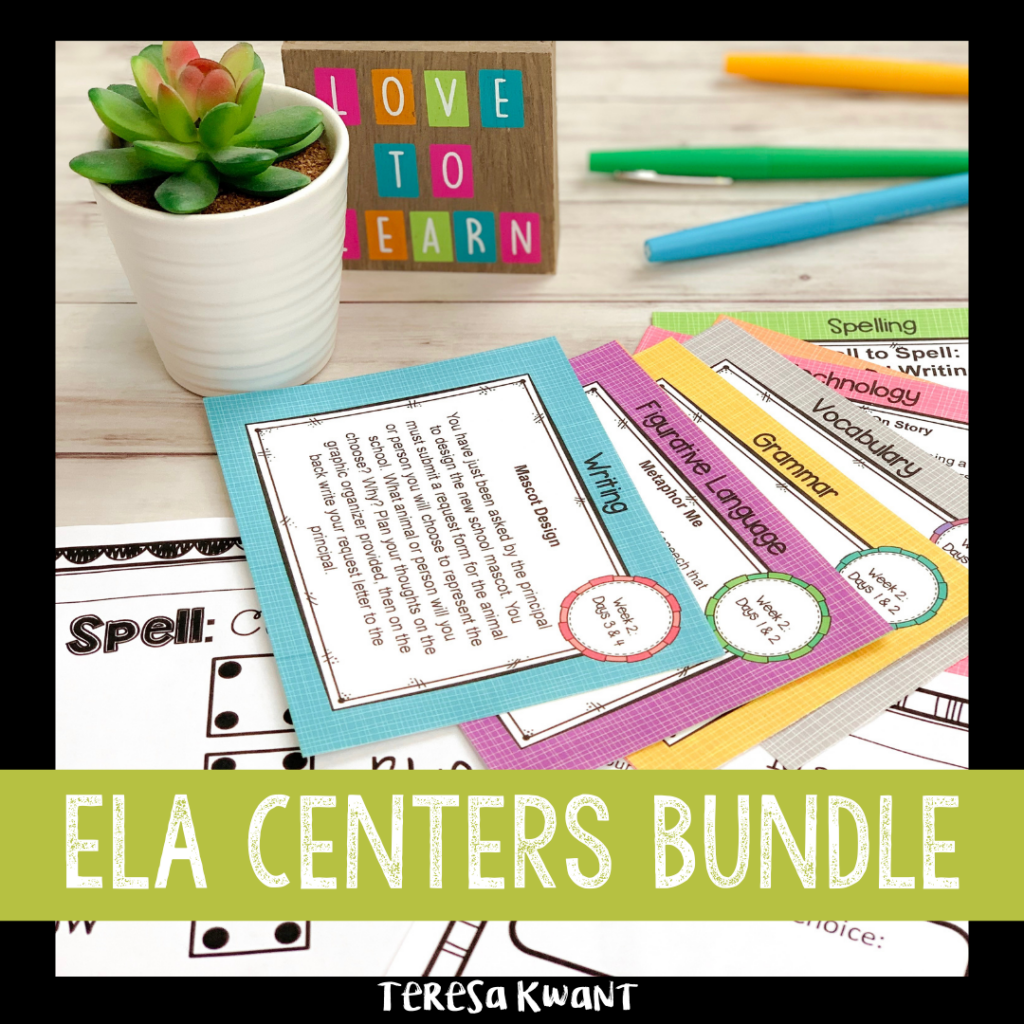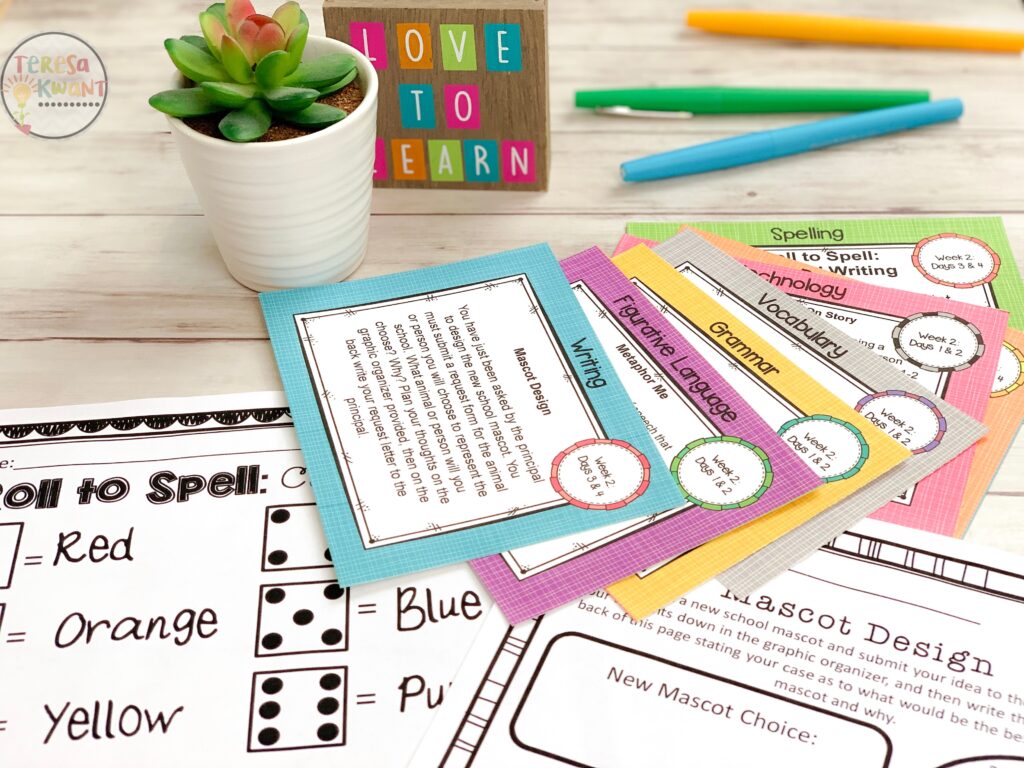
Literacy centers… one of those teacher terms that everyone hears but not everyone understands. I will be humble and honest about being one of those that has misunderstood. So, when a friend asked by about these centers, I decided to do a little digging.
Originally, I wanted to know when to use them. Most commonly, teachers use these centers during guided reading. While working with specific small groups of students, those not in that group complete literacy center tasks. But wait, aren’t we supposed to have students reading independently during that time? Isn’t reading the best way to become a better reader? The answer is yes, but we also need to realize that accountability during independent work time is important as well. Enter, literacy centers.
First, we must have the choice given to students to simply read-to-self. We know that students learn immensely from gaining stamina as independent readers. But, when I am teaching a guided reading group and only offering other students the opportunity to independently read, it leaves me with the sneaking suspicion that some students are just going through the motions. How can I make sure they are reading with focus and applying the strategies we are learning in reader’s workshop? One great practice (a literacy center), is to have students respond in writing to what they are reading. These responses are most effect when they correspond with what we are working on in reader’s workshop, or reviewing strategies we have worked on in the past. These responses can take many different shapes. First, students could dive into author’s purpose. Why did the author write this book? What audience do they believe will be reading their writing? Another option could be making text-to-self, text-to-text or text-to-world connections. When students complete a graphic organizer or write a paragraph to reflect in these ways, not only are they being held accountable for their independent reading time, but they are also creating hard evidence of their understanding. When the work is turned in, teachers can use that data to further learn about what students know, and how to best support them in the future. Student artifacts are always valuable, even if at times their primary purpose is to make sure students are truly reading in a focused manner.
Another support for literacy centers is that they provide room for student choice. Best practice tells us that when students are given options and make selections on their own, they are more likely to dive deep and showcase true understanding. They will take more ownership of their work and become engaged with their chosen assignment. Some choices teachers may provide include reading games, centers focused on various genres, reading to partners, technology centers, and centers with audible options for listening to reading.
Overall, literacy centers may look different from state to state, city to city, building to building, and classroom to classroom. However, as long as they are created with a strong purpose in mind, they are effective in moving toward that purpose. I don’t know about you, but I definitely want my students to be independently reading with accountability, responding to reading that demonstrates strategy mastery, and making choices about how they will showcase their understanding. Instead of having to create literacy centers from scratch, here’s a premade, standards-aligned, engaging bundle of literacy centers, ready and excited to be used!
ELA Centers Bundle for Upper Elementary

This product is designed in connection to each month of school, so the content is connected to standards, as well as events in that month. Each month of literacy centers follows a similar format, making it easy for educators to assign all provided centers or pick and choose the centers they find most aligned with their teaching style and/or the needs and interests of their students. Or, all centers can be offered each week of the month. One thing I love about these premade centers is that there is structure and consistency in the types of work given to students, so they always know the expectations and can get to work quickly, without needing much assistance.
If you are unsure what students can do at each center, you are in luck! This product includes a table of contents, including detailed instructions about how to setup and use each center, whether it be in print or digital. Students can be led from one center to another with a teacher in charge of timing, students could move of their own accord each day, or students could complete one different center each weekday. Centers for weekly work provided in this bundle include writing, spelling, reading responses with focus skills, figurative language, grammar, technology and vocabulary. With all these options, I for one was a bit overwhelmed with the wealth of resources! Thinking more about it allowed me to realize that not all have to be used! Pick the centers that are most meaningful for you and your students and intentionally gloss over the rest. The choice is yours! I cannot wait to implement these literacy centers in my classroom. Not only will they keep students more engaged during guided reading, but they will give me the peace of mind that my students are truly completing worthwhile assignments that are rigorous and effective for their growth as readers. Don’t miss this great opportunity for students and teachers alike. Using a product like this truly fits in well with one of my mottos, work smarter, not harder!
-Beth Olsen, 3rd Grade Teacher